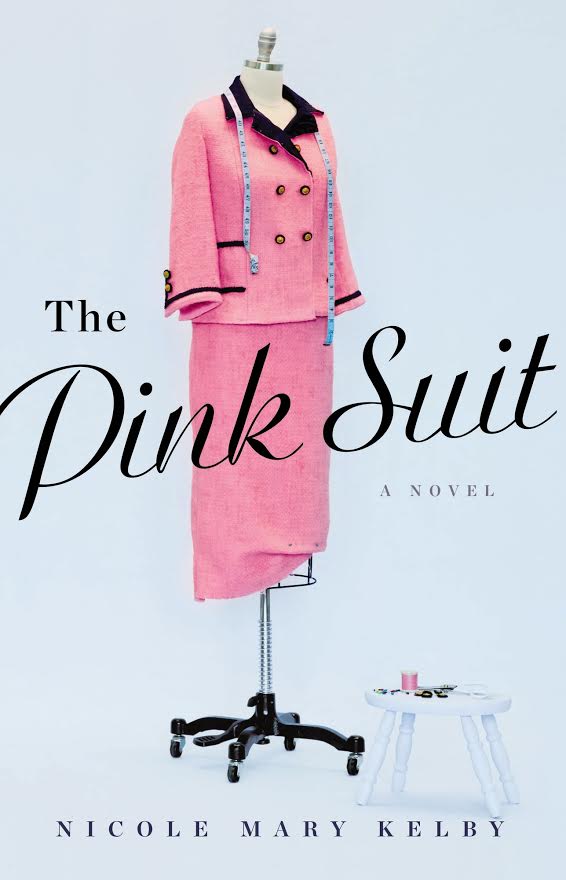On Memoirs of Place: A Quick List
I always appreciate a good memoir that centers on place. And luckily, there are writers who view setting as a key element of experience. For this reader, when place, any place, has a role in the account—a crumbling childhood home in Far Rockaway, N.Y., a remote mountain road in Concrete, Utah, the open plains of Montana wilderness, the personal history is all the more compelling.
Richard Russo’s Elsewhere: A Memoir is as much about his fraught relationship with his strong-willed, difficult single mother as it is the landscapes they share. Russo is known for his winning portrayals of people and places, and Elsewhere, which moves between the upstate New York town of Gloversville, and the desert of Tucson, Arizona, expertly weaves place into character. You can read more on this rec here.
Mary Gordon’s Seeing Through Places: Reflections on Geography is a deeply layered account. In eight connected essays, Gordon reflects on her childhood as an only child of older parents, her father’s death when she was seven, her parents mixed marriage (she was Catholic, he converted from Judaism), and her life as an adult, a mother, a traveler, a teacher, the formation of identity. For Gordon, the present can easily crack open to the past, and her prose is both rich and lucid in a way that for me is always satisfying. Here’s Gordon on childhood play, not your average point of view:
As a child, I was not good at playing, which means I was a failure at the duties of my state in life. The phrase ‘go and play’ had for me the ring of a sentence handed down by a mercilessly careless magistrate.
A child’s point of view, whether filtered through adult consciousness or not, brings gravity to a portrayal of place. Maybe it’s the fresh observations, the heightened sense of connection to things and people and fears that have yet to be unmasked. In this context, place takes on a weightier role, more consequential than that of an adult. Here’s Gordon on her grandmother’s house:
In my grandmother’s house I was often alone, left to myself because my grandmother was always busy. Sometimes she’d include me in her tasks: I would hold open the trapdoor so she could carry the wash up from the basement. She’d ask me to hold the funnel steady so she could pour antifreeze in to the car. Sometimes I’d help her find a thimble or a pin while she was sewing at her machine: her thick foot in its black, low-heeled oxford pushing her treadle.
Annie Proulx’s Bird Cloud: A Memoir of Place, centers on the experience of building a home in the titular tract of Montana wilderness—in a place, and a house, Proulx comes to love, “with shelves for thousands of books and long worktables on which to heap manuscripts, research materials and maps.” Bird Cloud, published in 2011, received mixed reviews. As the publisher states, “Proulx’s first work of nonfiction in more than twenty years, Bird Cloud is the story of designing and constructing that house—with its solar panels, Japanese soak tub, concrete floor and elk horn handles on kitchen cabinets.”
The memoir is said to suffer from, how to put this, an excess of privilege. Debating which high-end materials to choose for your treasured home may not make a reader identify with you, but then again, it depends on the reader. The point larger point, I think, is that most readers of memoir want stories of adversity, of outliers and delinquents, of character in conflict with her surroundings. What’s the point in a portrayal of place if you’ve already got it all?
In the best of the memoir genre—Tobias Wolff’s This Boy’s Life, or Mary Karr’s Liar’s Club—there’s a compelling personal history, a polarity that fuels events, and place is the defining backdrop. How else to know a character than by the world she comes from and the place she lives?
—Lauren Alwan

